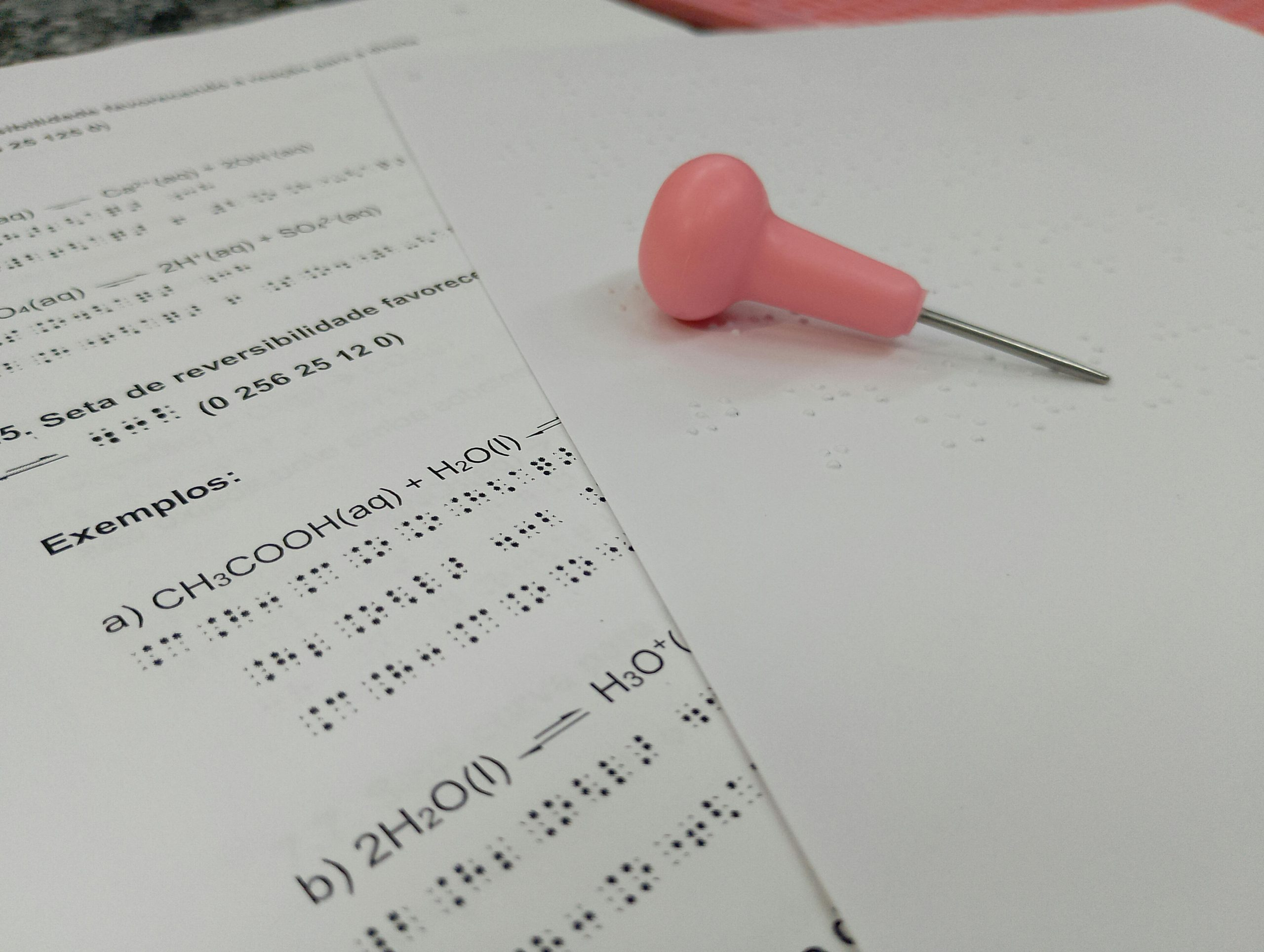Strategies for Successful Inclusion of Neurodiverse Students
Inclusion of neurodiverse students refers to the practice of creating an environment that supports and values the diversity of students with various neurological differences. This includes students with conditions such as autism spectrum disorder, attention deficit hyperactivity disorder, dyslexia, and many more. In recent years, there has been a growing focus on creating inclusive classrooms that cater to the needs of all students, regardless of their neurodiversity. However, creating successful inclusion strategies for neurodiverse students can be challenging for educators, as each student has unique needs and requires individualized support. In this article, we will discuss some strategies that can help educators successfully include neurodiverse students in the classroom.
Understanding Neurodiversity
In order to create successful inclusion strategies for neurodiverse students, it is important to have a clear understanding of what neurodiversity means. Neurodiversity is a term that encompasses the idea that neurological differences are a natural variation among human beings. This means that individuals may have different brain structures, functioning, and ways of processing information. Neurodiversity rejects the belief that these differences are disorders and instead celebrates and embraces them as a valuable part of human diversity. Therefore, successful inclusion of neurodiverse students involves recognizing and accommodating these differences rather than trying to “fix” them.
Creating a Supportive Environment
The first step in successful inclusion of neurodiverse students is creating a supportive and nurturing environment in the classroom. This means creating a positive and accepting atmosphere that celebrates diversity and encourages students to feel comfortable and supported in sharing their differences. Educators can achieve this by implementing activities and strategies that promote inclusivity and diversity, such as having discussions about different ways of thinking and learning, and encouraging students to share their unique perspectives and experiences.
Individualized Instruction
One of the most important strategies for successful inclusion of neurodiverse students is providing individualized instruction. This means recognizing that each student has unique learning needs and requires tailored support to achieve their full potential. Educators should assess each student’s strengths and challenges and create a learning plan that caters to their specific needs. This may involve adapting teaching methods, providing accommodations, and utilizing assistive technology to support learning.
Flexible Learning Spaces
In addition to individualized instruction, it is also important to have flexible learning spaces that cater to the needs of neurodiverse students. This can include providing a variety of seating options, incorporating different sensory materials, and creating quiet spaces for students who may need a break from overstimulation. These alternative learning spaces can help students feel more comfortable and focused, allowing them to participate and engage in learning activities.
Building a Support Network
Successful inclusion of neurodiverse students also involves building a support network that includes teachers, parents, and other professionals who can work together to support the student. This network can provide valuable resources, share insights, and collaborate on strategies that can help the student thrive in the classroom. Regular communication and collaboration with parents can also help educators gain a better understanding of the student’s needs and provide necessary support.
Encouraging Self-Advocacy
Another important aspect of successful inclusion of neurodiverse students is encouraging self-advocacy. This means helping students develop the skills and confidence to advocate for their own needs and accommodations. Educators can achieve this by providing opportunities for students to express their needs, encouraging them to ask for help when needed, and teaching them how to self-advocate in social situations.
In Conclusion
Inclusion of neurodiverse students is an essential aspect of creating a diverse and inclusive learning environment. By understanding neurodiversity, creating a supportive environment, providing individualized instruction, and building a support network, educators can successfully include neurodiverse students in the classroom. By embracing neurodiversity, educators can create a more inclusive and accepting society that celebrates the unique strengths and perspectives of all individuals.









